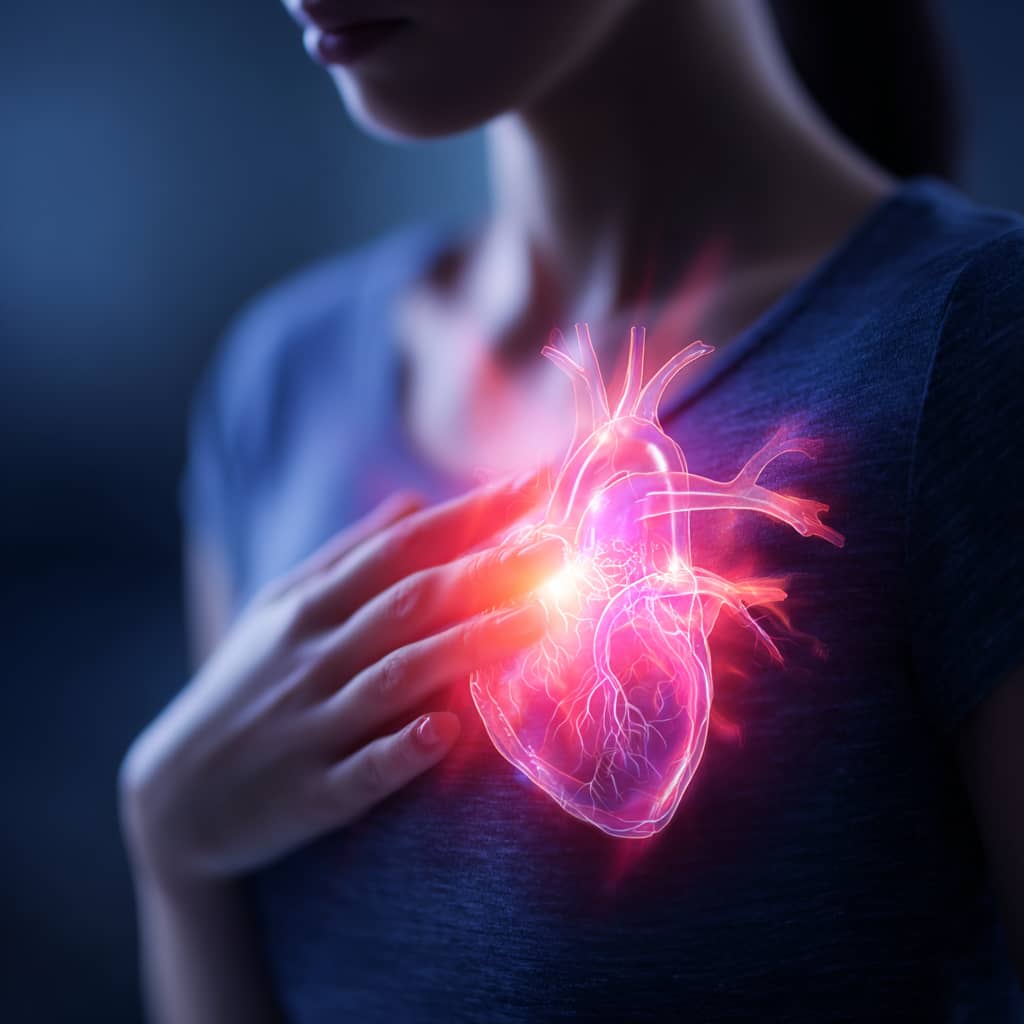Introduction
Heart disease remains the leading cause of death for both men and women worldwide, a fact that underscores the importance of understanding its presentation. A significant and overlooked aspect is the gender-based divergence in heart attack symptoms. For decades, the “standard” portrayal of a heart attack, severe, crushing chest pain radiating down the left arm, was largely based on research conducted on male subjects. This has led to a dangerous misconception, as a growing body of evidence shows that in women, the signs can be more subtle, atypical, and, consequently, easier to misinterpret or dismiss, leading to delayed treatment and poorer outcomes.

How Symptoms Can Vary
While some women do experience the classic chest pain or pressure, many do not. The symptoms in women can be less dramatic and more varied. This can cause both the patient and, sometimes, the healthcare provider, to attribute the symptoms to other conditions like anxiety, stress, or digestive issues. Common atypical symptoms reported by women include:
- Unusual Fatigue: A profound, unexplained tiredness that can last for days or weeks leading up to the event, and is not relieved by rest.
- Shortness of Breath: Feeling breathless even when at rest or with minimal exertion. This may occur with or without chest discomfort.
- Pain in Other Areas: Discomfort that can radiate to the jaw, neck, back (especially the upper back), shoulders, or upper stomach. This pain may be sharp or feel like a dull pressure.
- Nausea or Vomiting: Unexplained stomach discomfort, nausea, or indigestion.
- Lightheadedness or Dizziness: A sudden feeling of faintness or dizziness.
Crucially, these symptoms can be intermittent, starting mild and gradually worsening over time. This variability contributes to the delay in seeking medical attention.
Why Women’s Symptoms Tend to Be Different
The physiological differences between men and women’s cardiovascular systems provide key insights into why symptoms diverge.
- Microvascular Disease: Women are more likely to experience heart attacks caused by microvascular disease, a condition affecting the tiny blood vessels that branch off the main coronary arteries. [1] Instead of a single, large blockage, this condition involves a widespread narrowing of the small vessels. This can lead to a more diffuse, less localized pain, which is often described as a general discomfort rather than a classic, sharp chest pain.
- Hormonal Influence: Hormonal fluctuations play a significant role. Prior to menopause, estrogen provides a protective effect, helping to keep blood vessels flexible and healthy. After menopause, as estrogen levels decline, women’s risk for heart disease rises sharply. This hormonal shift can also influence the way pain signals are processed and perceived by the nervous system.
- Differences in Pain Perception: There is evidence to suggest that men and women may have different pain thresholds and perceive pain differently. This could be due to differences in the autonomic nervous system and how pain is processed in the brain, leading to a more “scattered” symptom presentation in women. [2]
Why Early Action Matters
The delay in recognizing a heart attack is one of the most significant factors contributing to higher mortality rates in women. [3] On average, women wait longer than men to seek emergency care after the onset of heart attack symptoms. This delay means they are less likely to receive timely interventions, such as angioplasty, which can restore blood flow and minimize heart damage.
If you or someone you know experiences any of these unusual symptoms, particularly if they are new, persistent, or accompanied by an overwhelming sense of fatigue or unease, it is necessary to seek immediate medical attention. A simple ECG and blood test for cardiac enzymes can quickly rule out or confirm a heart attack.
